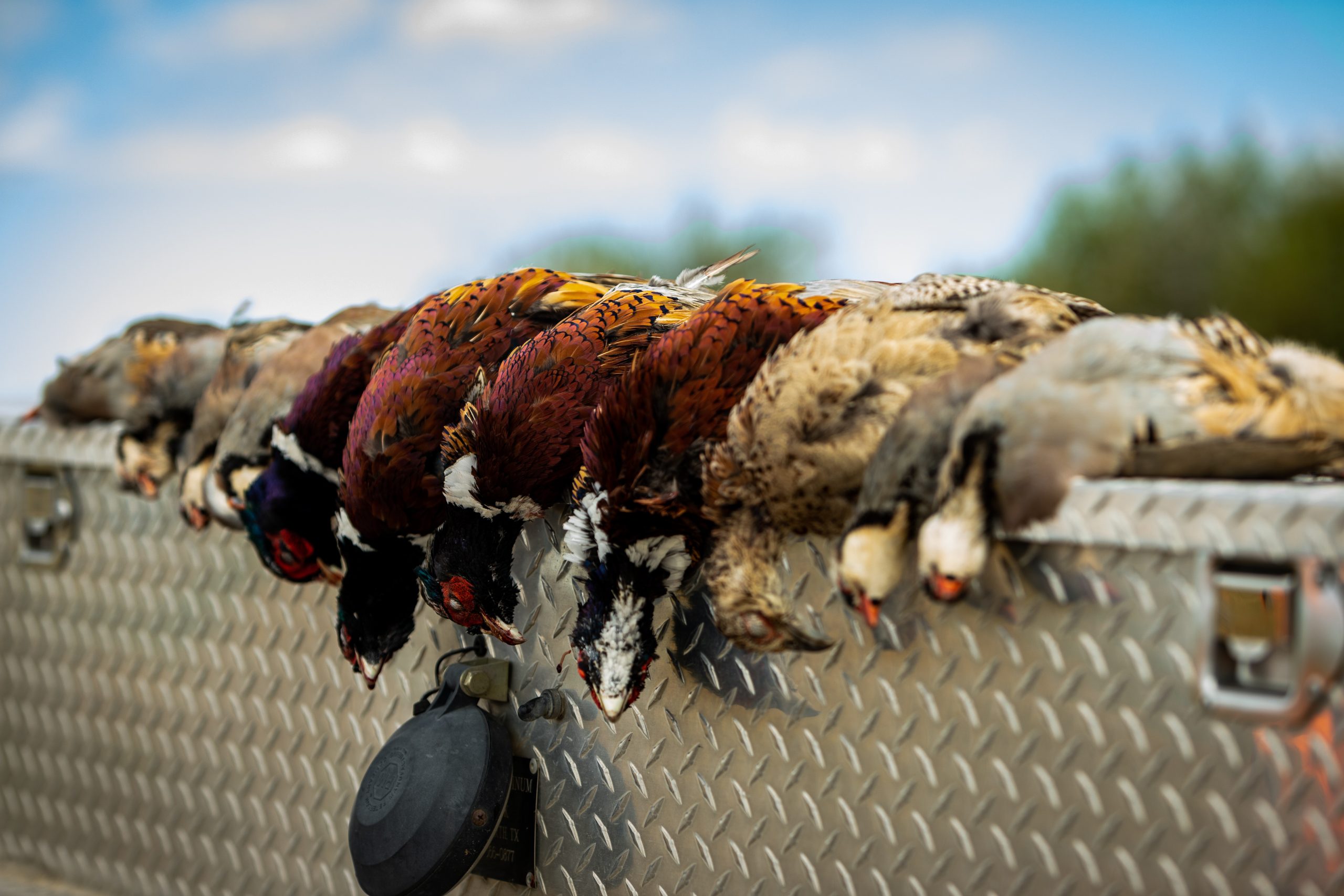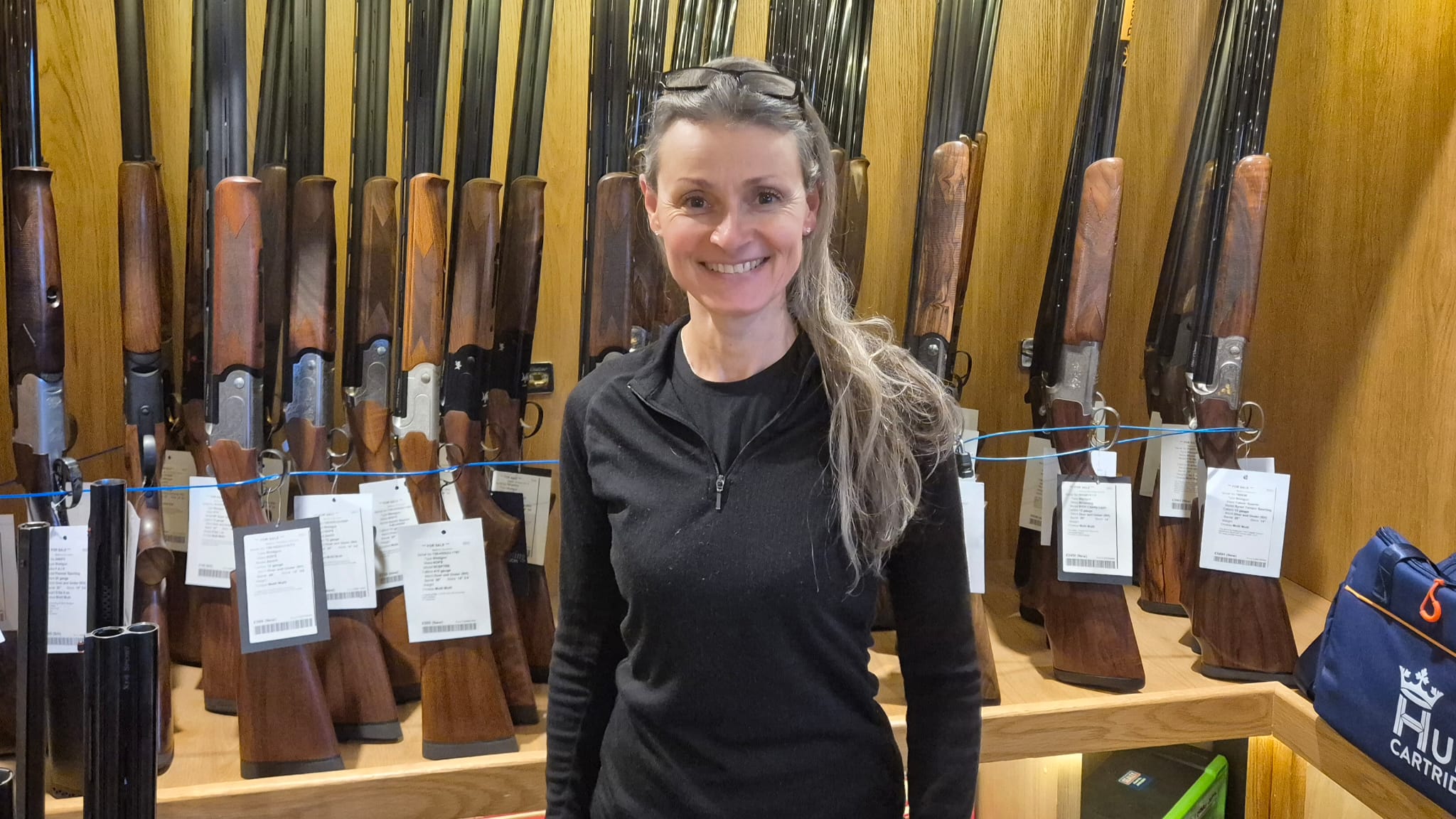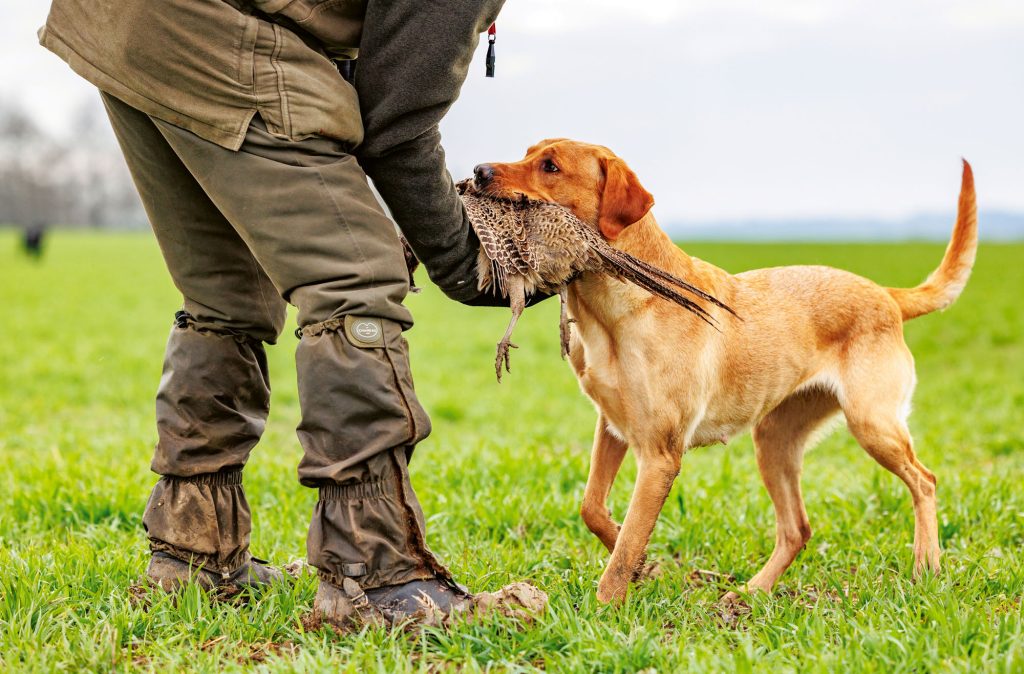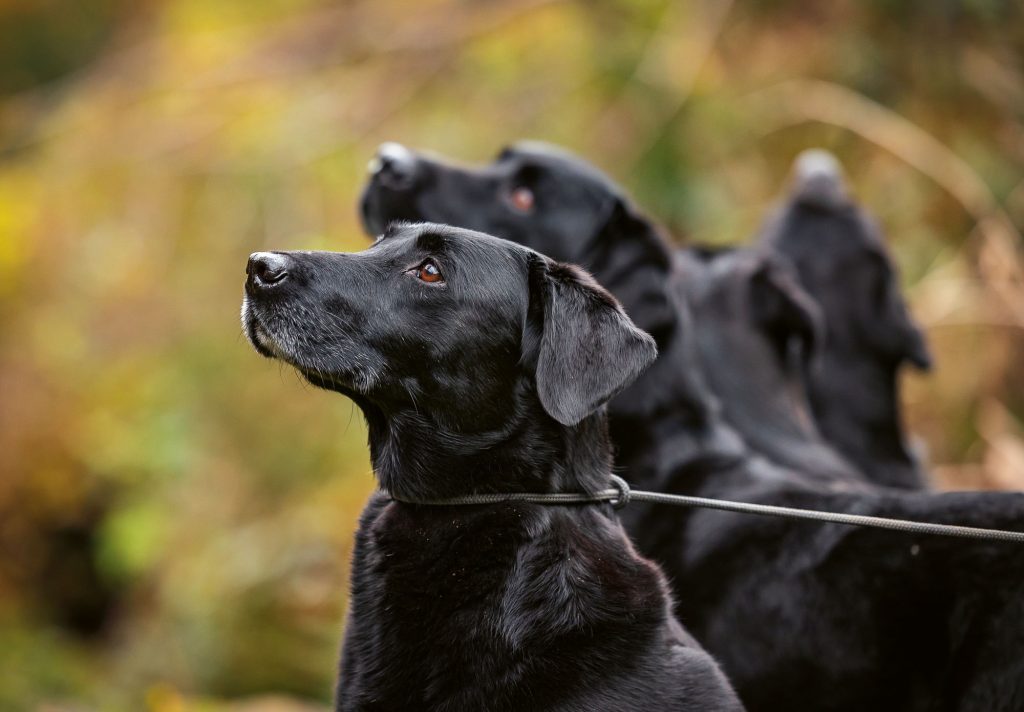Inbreeding and pedigree dogs
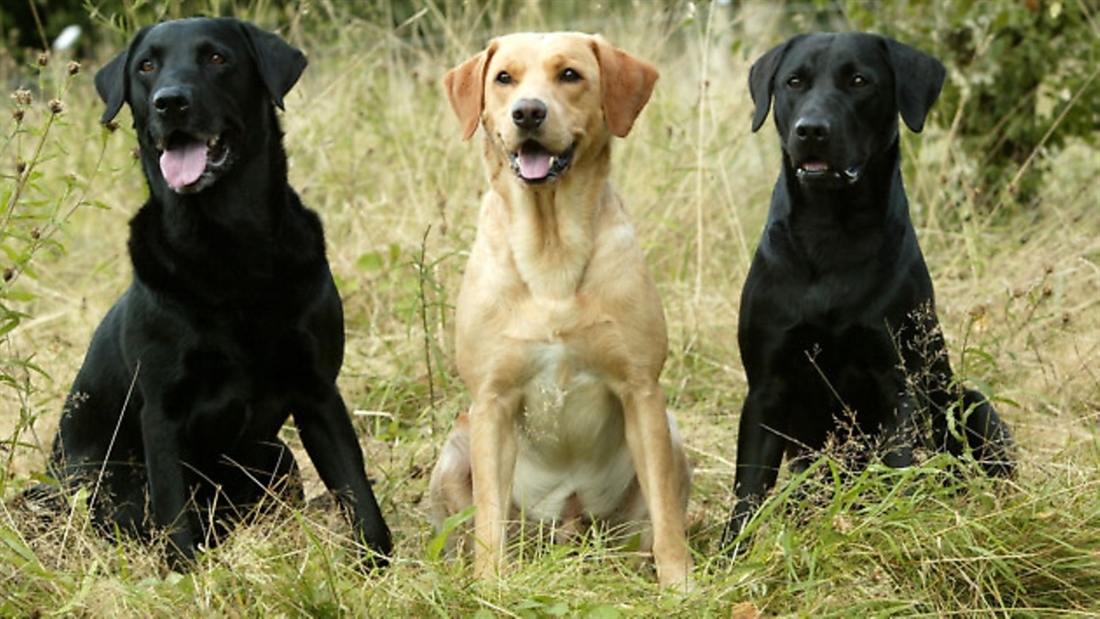
Sporting Shooter’s Gundog Vet Vicky Payne explains what we mean by the ‘coefficient of inbreeding’ and what we should be aiming for when we breed our gundogs
Ever since the TV programme ‘Pedigree Dogs Exposed’ aired in 2008, the spotlight has been on breeders of pedigree dogs. Although the programme focussed mainly on dogs bred for the show ring, it would be foolish to think some of the concerns over inbreeding and inherited health problems don’t also affect pedigree gundogs.
Some health tests such as hip scoring and eye testing have been available to and used by breeders for many years, but now many DNA tests for inherited diseases have also become available. The Kennel Club has tried to give more help by introducing ‘Mate Select’, a website where people can browse a dog’s health test results and look at the coefficient of inbreeding (COI) for potential matings. Some breeders have embraced the changes while others are sceptical about such ‘breeding by numbers’, but I suspect most people are just somewhat confused!
COI is a way of determining how inbred a dog is. The term inbreeding is often used in a derogatory way but it refers to the mating of any related dogs, even if distantly related, and almost all pedigree dogs are inbred. The inbreeding coefficient (COI) is the probability that two copies of the same gene have been inherited from an ancestor which appears on both sides of the pedigree. A COI of 12.5% means that there is a 1-in-8 chance that a dog will inherit the same version of the gene from the same dog that appears in both the sire and dam’s pedigree. The lower the inbreeding coefficient, the lower the probability that this will happen.
COI is important because many diseases are caused by mutations to genes but only affect the dog when it has two ‘bad’ copies of the gene. If an ancestor had one bad copy of the gene but appears on both sides of the pedigree, a resulting puppy could have the disease. High COIs have also been linked to poor fertility. Conversely, a high COI also increases the chance of good genetic traits being passed on too, which is why inbreeding (often called line-breeding) remains a common strategy in gundog breeding. On occasion it may be acceptable or even necessary to produce a litter with a higher than average COI, but this should be balanced by aiming for a lower COI in the next generation. Old books on dog breeding talk of breeding ‘in twice and out once’, so this idea is nothing new!
COI is just another tool good breeders can use when planning matings. Plugging names into Mate Select does not remove the need to study pedigrees or to research carefully which lines work together and which don’t, and it won’t tell you anything about the working ability of your potential puppies. It also doesn’t remove the need to health test because if both sire and dam are DNA carriers of a disease there is a risk of 25% of their offspring being affected by the disease no matter how unrelated they are. Monitoring the COI of a whole breed is a good way to see if the gene pool is stable or shrinking and the advice is to aim for matings which produce lower COIs than the breed average.
Mate Select has been very useful in allowing more owners to see the COI of their dogs and potential matings, but it does have limitations. Its COIs can be hard to compare as they are not all calculated from the same number of generations and if the KC has no pedigree data (from an imported dog for example) that dog is given a COI of 0%, which can skew the results.
Breeding a healthy gundog with natural working ability requires testing the parents in the field and using relevant health schemes and DNA tests for the breed. There is no substitute for a lifetime of studying pedigrees to understand what works and what doesn’t, but COI should be considered a valuable tool which good breeders can use in planning future litters.
By Vicky Payne


